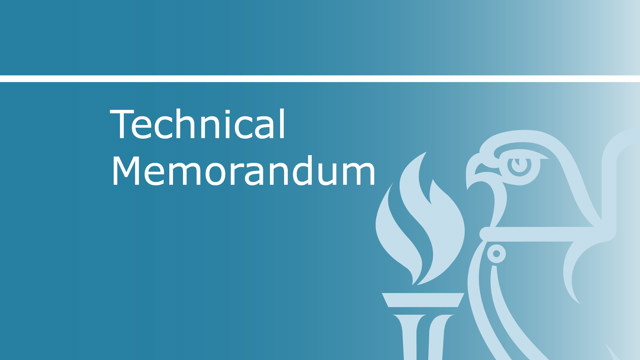
Overheating has become a key problem for building design. The need to reduce energy consumption whilst dealing with global climate change has reduced the options available for building comfortable, low-energy buildings. Research has been directed towards methods for increasing indoor winter temperatures but this can lead to lightweight, highly insulated buildings that respond poorly in the summer. CIBSE has responded by forming the CIBSE Overheating Task Force.
This Technical Memorandum (TM) is about predicting overheating in buildings. It is intended to inform designers, developers and others responsible for defining the indoor environment in buildings. It includes the recommendations of the Overheating Task Force, which has sponsored and published this document.
The Task Force realised that one problem for designers has been the absence of an adequate definition of overheating in naturally ventilated buildings. In the past overheating has been defined as a number of hours over a particular temperature, irrespective of conditions outside the building. Recent work embodied in European standards suggests that the temperature that occupants will find uncomfortable changes with the outdoor conditions in a predictable way. This research informs the CIBSE guidance presented in this Technical Memorandum (TM). The meaning of the research and the link with overheating are explained and a series of criteria by which the risk of overheating can be assessed or identified are suggested.
More detailed information about using simulation to predict the danger of overheating is available in CIBSE Guide A.
CIBSE KS16: How to manage overheating in buildings gives information directed at building managers and owners about the cause of overheating and some practical suggestions for avoiding or mitigating it.
Note: In 2015 the Greater London Authority (GLA) published guidance on preparing energy assessments - 'GLA Energy Planning - Greater London Authority guidance' (April 2015) that makes strong reference to CIBSE TM49. The GLA guidance explains the need to take the urban heat island effect in the locality of the development to be taken into account. This makes it a requirement that, where dynamic modelling is carried out, it should be undertaken in accordance with the guidance and data sets in TM49, which are then summarised (see paragraphs 11.9-11.12).
The weather data set WCSYL is re-badged in 2016 as WDD16LON but the sets are identical.
The GLA also directs readers towards CIBSE TM52 Limits of Thermal Comfort: Avoiding Overheating in European Buildings as it contains "additional guidance on the limits of thermal comfort."
The GLA title can be accessed here
Contents:
1 Introduction
2 Comfort and discomfort
2.1 Our thermal sense
2.2 How can we judge if a building is overheating?
2.3 Behaviour and discomfort
3 Predicting discomfort
3.1 The basics
3.2 Investigating and modelling thermal comfort
3.3 Predicted mean vote (pmv) and predicted percentage dissatisfied (ppd) using the heat balance model of comfort
3.4 Other considerations
4 The basis of comfort standards
4.1 Existing standards
4.2 Problems for standards
5 Risk of overheating
5.1 Problems with a single temperature overheating limit
5.2 Discomfort as a function of a deviation from comfort temperature
6 CIBSE recommendations for identifying overheating
6.1 CIBSE guidance
6.2 Overheating in mechanically cooled buildings
References
Additional sources of information
Acknowledgements
Principal author: Fergus Nicol (Oxford Brookes University)
Contributing author: Brian Spires (Technical Consultant)
Task Group
Chair: Andy Ford (Mott MacDonald Fulcrum)
Members: Fergus Nicol (Oxford Brookes University); Michael Humphreys (Oxford Brookes University); Brian Spires (Technical Consultant); Andrew PG Moore (HSE); Hywel Davies (CIBSE); Gay Lawrence Race (CIBSE); Max Fordham (Max Fordham LLP); Jake Hacker (Arup); Anastasia Mylona (CIBSE)
Referees: Michael Davies (Barlett School of Graduate Studies, University College London); Ken Parsons (Loughborough University); David Fisk (Imperial College London)